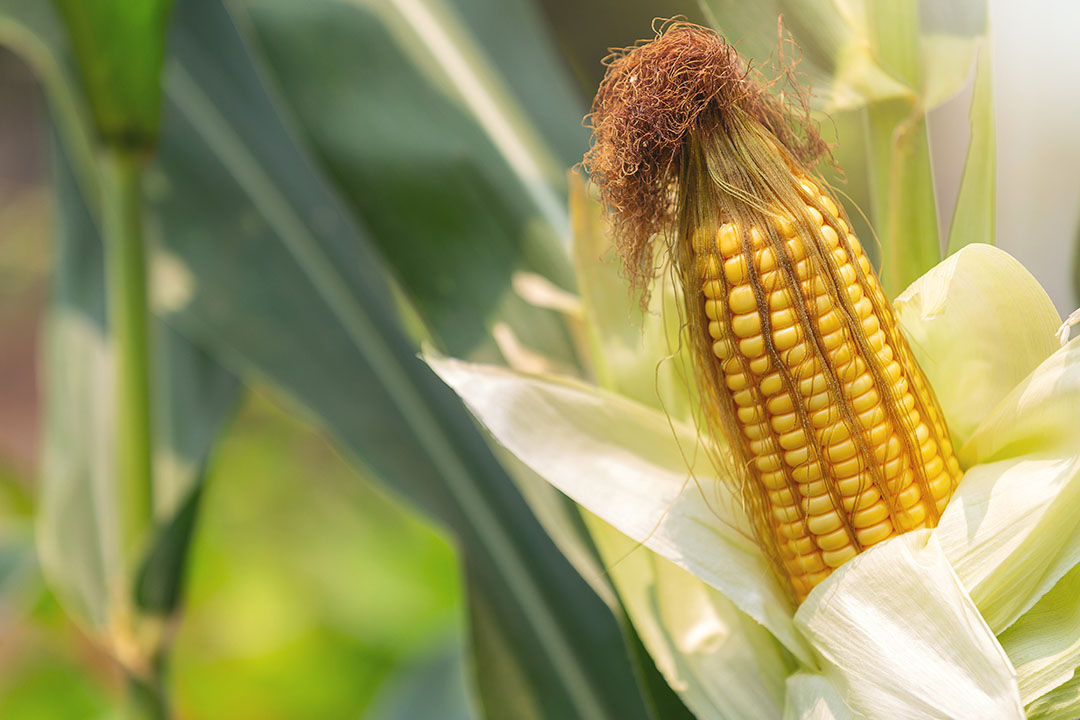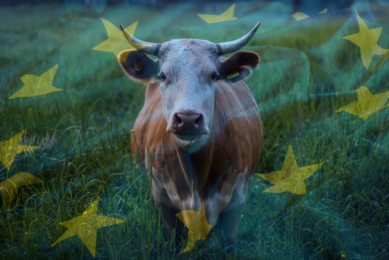Egypt relies on corn imports for feed

Egypt’s yellow corn production covers less than 25% of its feed demand needs. Imports remain necessary.
The forecasts for the country’s corn imports in MY 2020/21 are 11 mmt, up nearly 5% from the MY 2019/20 estimate of 10.5 mmt.
Corn production stable
Corn production for marketing year 2020/21 (Oct – Sept) is forecast at 6.4 mmt, which is unchanged from MY 2019/20. At 800,000 hectares, planted area also remains the same. White corn area harvested accounts for 600,000 hectares, with yellow corn plantings making up the balance.
![]() Futures market
Futures market
Overview of futures prices for: corn, wheat and soybean
A small increase in corn consumption
Egypt’s total corn consumption in MY 2020/21 is forecast at 17 mmt, up by about 1.2% from the MY 2019/20 estimate of 16.8 mmt. Consumption estimates for MY 2019/20 were revised downwards by 1.78% from USDA official estimates of 17.1 mmt. The decrease is partly attributed to a slight decrease in feed and residual consumption by almost 2.1% from USDA official estimate of 14.6 mmt.
Covid impact
This decrease is attributed to an almost 30% decline in demand for poultry as a result of the Covid-19 pandemic. This led to a 40% decrease in farmgate prices, causing considerable losses to small and medium-size breeders over recent months. Large companies in the poultry/feed sector were the least affected by the current crisis, especially those that have integrated operations – broilers, parents, grandparents, slaughterhouses and chicks.
Feed consumption in poultry sector to grow
It is anticipated that feed consumption in the poultry sector will grow by 1.4% in MY 2020/21 as the larger producers consolidate and vertical integration increases. Additional feed lines are coming online, adding to already existing aqua and cattle feed milling capacities.
Egypt: A prominent fish farming country
Egypt is one of the world’s largest fish farming countries – it is first in Africa and 6th internationally in this field, and the first in the production of mullet fish. Egyptian fish production from farms constitutes 1.6 mmt, or around 80% of total fish production in Egypt which stands at 1.9 mmt. Natural fisheries produce around 300,000 mt of fish.
Aquaculture’s major dietary energy sources include 20-25% yellow corn, 20-30% wheat bran, 10-25% rice bran, and 1-5% vegetable oils. This feed mix formulation depends on the protein and energy contents of the feed, as well as the availability and price of the ingredients, including fish species and their sizes.
Egypt’s feed mills
Egypt’s feed mills produce poultry feed mix consisting of 70% yellow corn, 19.4% soybean meal, 3.4% wheat bran, and 1.9% broiler concentrates (fish or meat meals) in addition to minerals and vitamins.
![]() Global feed industry case studies
Global feed industry case studies
Taking a deeper look into animal feed production worldwide
Corn imports see a slight increase
Egypt’s corn imports in MY 2020/21 are forecast at 11 mmt, up 4.76% from MY 2019/20 estimate of 10.5 mmt. Egypt’s yellow corn production covers less than 25% of its feed demand needs and imports supplement the feed manufacturing industry’s current production. Egypt’s top 3 suppliers in MY 2019/20 (Oct –June) were Ukraine (3.12 mmt), Argentina (2.96 mmt) and Brazil (1.15 mmt).
Significant increase in corn stocks
Egypt’s corn stocks in MY 2020/21 are at 2.29 mmt, up by 20.5% due to increased imports. An anticipated slowdown in consumption has resulted in an upward revision of stocks in MY 2019/20 by 300,000 mt.
The information was extracted from a USDA report prepared by Ahmed Wally and Olutayo O. Akingbe.











